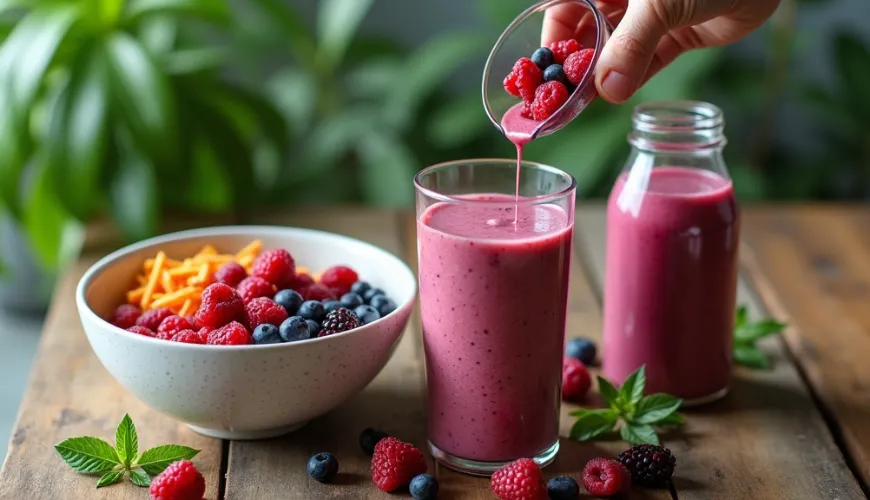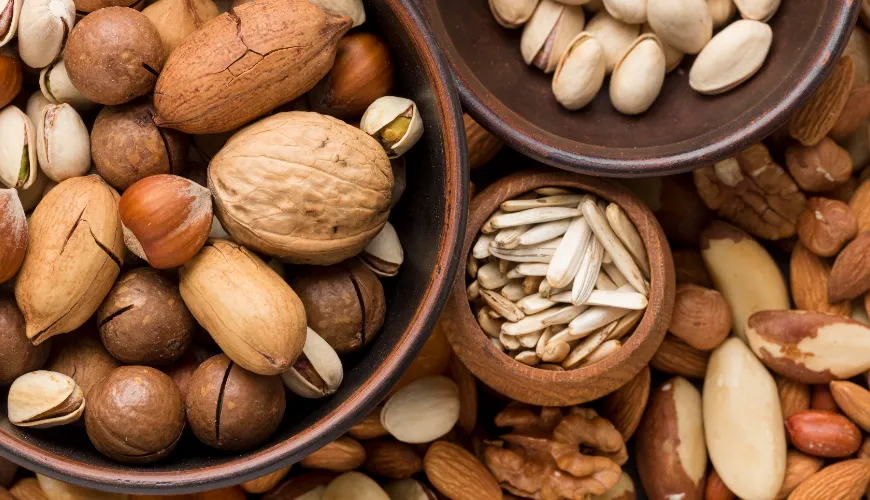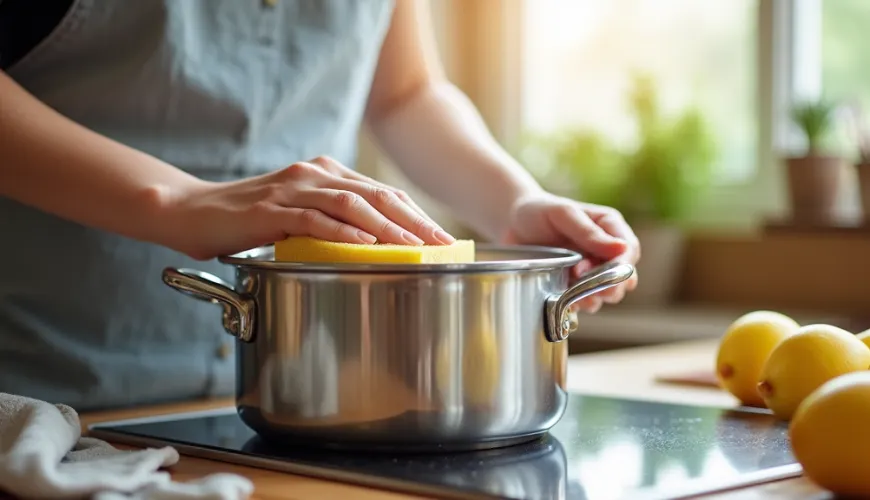
How to Freeze-Dry at Home and What You Need for It

Freeze-Drying Fruit at Home - A Revolution in Preserving Flavors and Nutrients
You might have come across small crispy pieces of fruit in a clear bag labeled "freeze-dried." At first glance, they look like regular dried fruit, but after tasting, it’s clear they are something entirely different. Light, brittle, full of flavor, and surprisingly sweet — this is the result of a technology called freeze-drying, or lyophilization.
While lyophilization was once the domain of laboratories, outdoor food producers, and the pharmaceutical industry, today this method is slowly making its way into households. More and more people are considering whether freeze-drying fruit at home is the best way to preserve fruit not only tasty but also full of nutrients. What exactly does this entail and why should you consider it?
What Freeze-Drying Means and How It Differs from Regular Drying
Unlike traditional drying, where fruit is heated (for example, in a dryer or oven) and water gradually evaporates, freeze-drying works on a completely different principle. The fruit is first deeply frozen and then in a vacuum, water is removed through a process called sublimation — the transition of water from a solid to a gaseous state.
The result is a very light, crunchy product that retains its shape, color, flavor, and up to 97% of its original nutrients. Vitamin C, enzymes, or antioxidants, which are often destroyed by regular drying, remain almost untouched. This is why home lyophilization has its place not only among healthy eating enthusiasts but also in eco-conscious households.
Why Try Lyophilizing Fruit at Home
There are several reasons why people venture into home freeze-drying. Firstly, it allows seasonal harvests to be preserved in the best quality. When the garden yields more raspberries, strawberries, or apples than can be consumed immediately, it’s time to look for a way to preserve them.
Canning is time-consuming and often requires the addition of sugar. Regular drying reduces vitamin content and alters the taste. Freeze-dried fruit, on the other hand, is light, compact, lasts for years, and tastes almost like fresh.
Another motivation is self-sufficiency. In an era where more people are seeking sustainable lifestyles, home lyophilization appears as a great alternative to relying on expensive products often imported from halfway around the world.
And last but not least, there’s also the economic aspect. While a pack of freeze-dried fruit from the store can cost dozens of crowns for a few grams, homemade products are significantly cheaper in the long run, especially if you have your own source of fruit.
How to Freeze-Dry Fruit at Home and What You Need
Here comes the crucial question: is it even possible to freeze-dry at home without specialized equipment? The answer is yes, but with certain limitations. Truly effective freeze-drying requires a lyophilizer – a device that combines deep freezing (below -40 °C) and vacuum conditions.
Models suitable for home use are starting to appear on the Czech market, although their price is still in the tens of thousands of crowns. Brands like Harvest Right receive positive reviews from users, not only for the results but also for the relatively easy operation.
For those who want to experiment without investments, there is also an improvised way — for example, combining a freezer and a vacuum pump or using dry ice. This method, however, is time-consuming, less effective, and requires some technical skill. The result often does not match the quality of a real lyophilizer.
That is why home freeze-drying, although technically possible, is currently most developed among enthusiasts who already have experience with food preservation or are not afraid to invest in quality equipment.
What Can Be Lyophilized and How to Use It
Although fruit is most commonly lyophilized — especially strawberries, blueberries, raspberries, bananas, or apples — the technology can also be used for vegetables, herbs, mushrooms, or even ready meals. It is practical, for example, when preparing home supplies, traveling, or as an alternative to regular freezing.
Freeze-dried fruit is popular in the kitchen. It is perfect for muesli, yogurts, smoothies, or desserts. Since the fruit does not lose flavor, only water, the result is often more intense than fresh.
For example, freeze-dried raspberries can be crushed into powder and used as a natural dye and flavoring for creams or glazes. Banana chips from lyophilization are slightly sweet and naturally crunchy without frying. And what about a mix of forest fruits in homemade protein bars!
Moreover, if you have children, you will find that this kind of treat is much more quickly loved than overly sweet candies. Freeze-dried fruit is clean, additive-free, full of flavor, and excellent for storage and as a healthy snack for school.
Real Story: Garden, Harvest, and the First Lyophilizer
A Czech family living in the Podkrkonoší region decided to invest in a home lyophilizer after tens of kilograms of apricots and plums rotted during the summer. They got tired of canning, no one wanted to eat jams anymore, and the freezer was permanently full.
After the first year of use, it turned out that lyophilization changed their approach to food. In winter, they made smoothies from home-grown strawberries, added dried fruit to baking, gave friends jars filled with fruit crisps, and offered their children lyophilized pineapple or mango instead of sweets.
"It's like opening a bottle of summer in the middle of January," says Mrs. Radka, one of the first users of home freeze-drying in the region. Thanks to a shelf life of up to 25 years and the absence of preservatives, lyophilization became their main way to preserve the fruits of their labor.
Ecological Aspect of Lyophilization
Besides nutritional and taste quality, another important aspect cannot be overlooked — sustainability. Freeze-drying does not lose the food's value and also reduces food waste. Instead of throwing away overripe fruits, they can be processed and stored for months, if not years.
Moreover, there is no need to add sugar, oil, or other additives — which is not only healthier but also more environmentally friendly. Minimal packaging waste, no unnecessary preservatives, lower energy consumption during long-term storage. All this contributes to a more eco-friendly household.
Finally, home lyophilization can also serve as a great tool for supporting local production. Instead of buying expensive exotic fruits, a family can process their own harvest or fruits from the local market during the season. And thanks to long shelf life, they can create supplies for the entire winter.
Is Freeze-Drying at Home Worth It?
In terms of nutrition, flavor, and storage, lyophilization is probably the most gentle method of fruit preservation available today. The home version is currently more expensive, but if you have access to a larger amount of fresh produce and are serious about healthy eating, it could be an investment that pays off in the long term.
Perhaps the greatest magic of freeze-drying lies in its ability to preserve the best of nature without compromise. Taste, color, and nutritional value. And when you open a jar of dried strawberries in the middle of winter, you will feel summer so intensely, as if you were standing in the garden with a bowl of freshly picked fruit.

